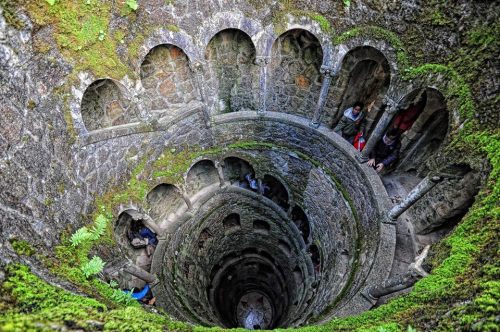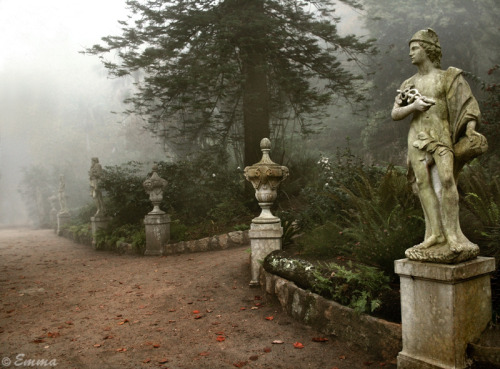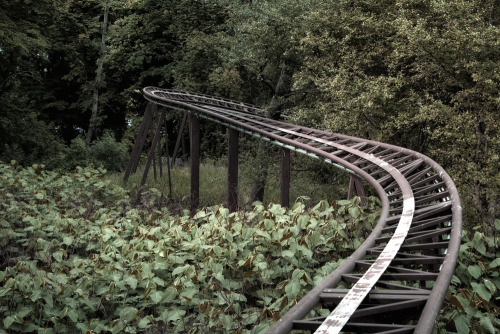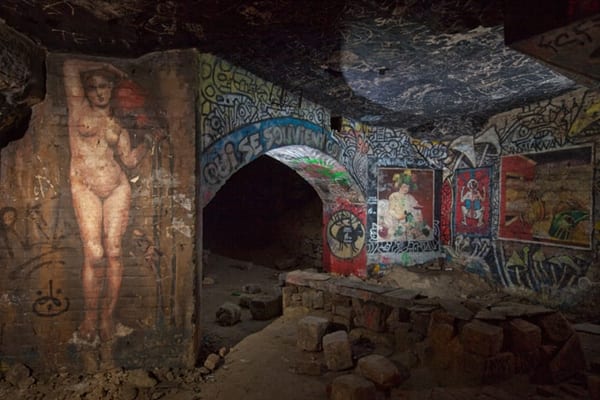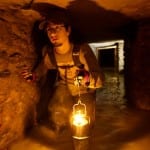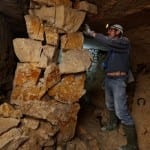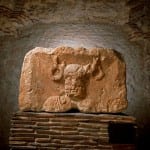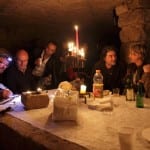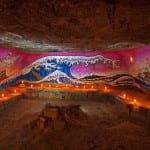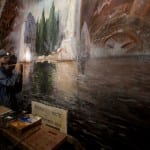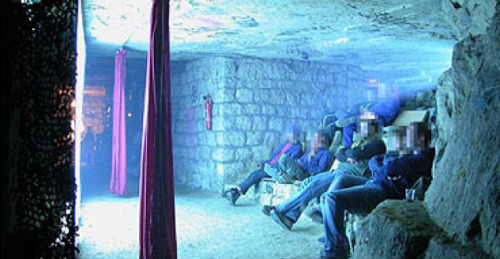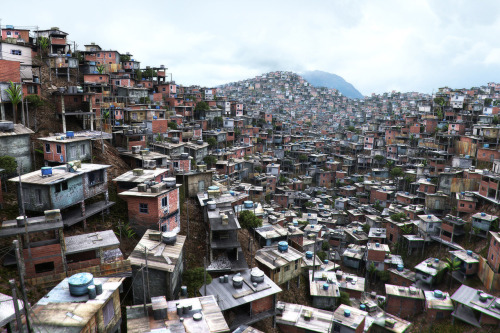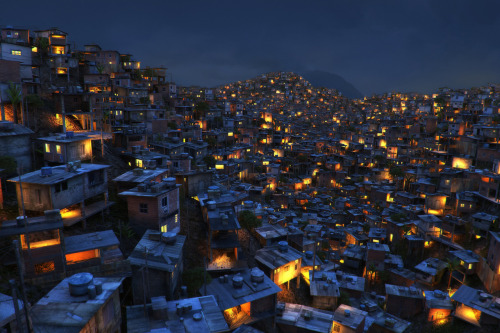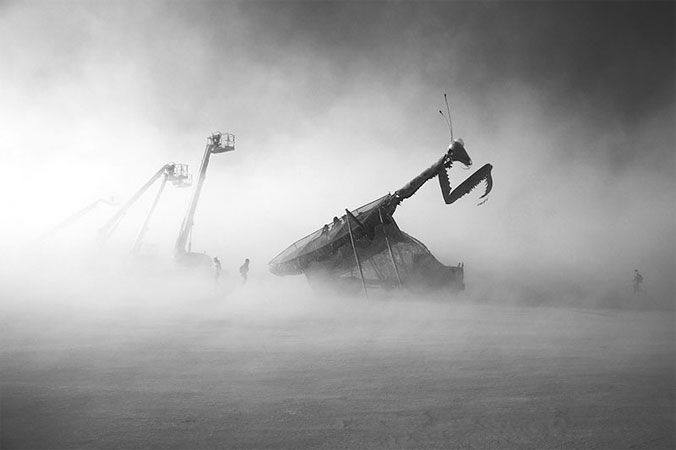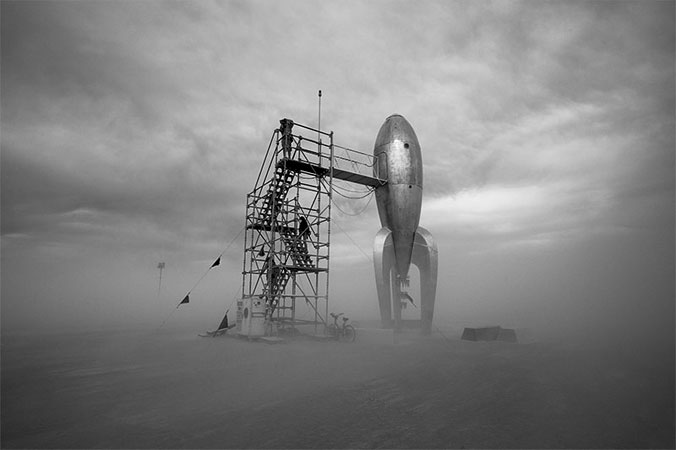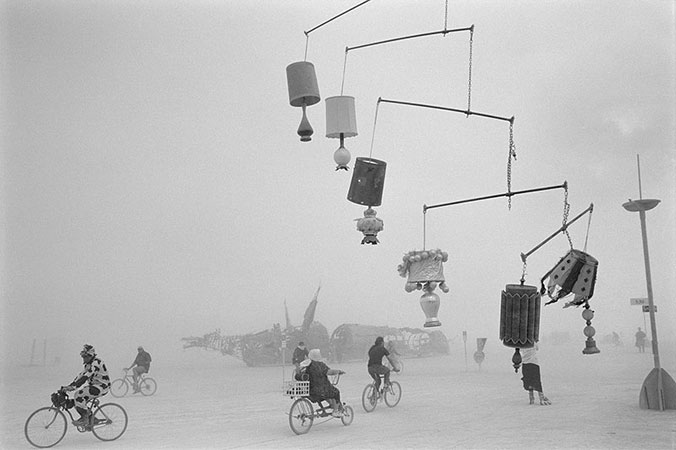NUCLEAR EVERYTHING
Fans of the old, but
still wonderful, Road Runner cartoons might remember Wile E. Coyote's favorite
one-stop-shop for mayhem: The Acme Company. A clever person – not one of us,
alas – once said that Acme's slogan should be "We Add Rockets To
Everything."
This, in a kind of
round-about way, gets us to the 1950s and the near-obsession that certain
engineers had back then with a certain power source. To put it another way,
their slogan should have been: "We Add Nuclear Power To Everything."
In all fairness,
reactors have proven – for the most part – to be pretty reliable. Submarines,
commercial power plants, and even monstrous icebreakers have proven that
nuclear power can be handy if not essential. But back just a few decades ago
there were plans, and even a few terrifying prototypes, that would have made
the Coyote green with envy – and the rest of us shudder in terror.
Both the US and the
Soviet Union had engineers with lofty plans to keep bombers in the air
indefinitely by using nuclear power. Most folks, with even a very basic
knowledge of how reactors work, would think that was a bit (ahem) risky, but
what's even scarier is how far along some of those plans got.
Take, for example, the
various projects the US undertook. In one case, arguably the most advanced,
they made plans to power a Convair B-36 bomber with a reactor. Scary? Sure, but
what's even more so is that they actually flew the plane, with an operational
reactor, a total of 47 times.
While that the reactor
never actually powered the plane itself, and that there were huge problems to
overcome, didn't stop the engineers from drawing up plans for a whole plethora
of atomic planes.
But what was perhaps
even crazier than just powered a plane with a nuclear reactor was the idea to
use that power source as a weapon. Here, for example, is a beautiful
representation of the Douglas 1186 system, which was supposed to use a parasite
fighter to guide the warhead to the target – and keep the poor pilot from
engine's radiation.
But the craziest of the
crazy was the "Flying Crowbar." Not only was the Supersonic Low
Altitude Missile (to be formal), aka SLAM (to be short), supposed to be a
nuclear bomb deployment system but was also to use a nuclear ramjet drive as a
weapon: roasting the ground under it to a Geiger-clicking nightmare while
leaving a mushroom-cloud parade of bombs behind it. Shuddering, by the way,
would be a perfectly appropriate response. Luckily, the Crowbar never got off
the drawing board.
Leaving the air to the
birds, other engineers had different nuclear dreams: In 1958 the Ford Motor Car
Company, not satisfied with the success of the Edsel, put forth the idea of
bringing radiation into the American home ... or, at least, the garage, with
the Nucleon: a family car with an on-board reactor.
While some engineers
played with the highways, a few looked to the rails. Though neither the United
States of the Soviet Union got very far with powering a locomotive with a
reactor, the USSR at least looked far enough ahead to draw up some plans.
The Soviets, in a
literally sky-high dream, even envisioned a new approach to flying their
reactors: use a Zeppelin!
Still other inventive
types, determined to find a new use for the atom, scratched their heads and
came up with quite a few interesting, if not dubious, ways of playing with
nukes – but this time of the explosive variety. Plowshare is one of the most
commonly quoted of those operations intended to put a smiley face in a mushroom
cloud. A few of their suggested uses include what they called the Pan- Atomic
Canal: in other words, using atomic bombs to widen the Panama Canal. They also
suggested using nukes for mining operations, though never really solved the
problem of dealing with then-radioactive ore.
It's ironic that – what
with the need to urgently replace our finite and global-warming fossil fuels –
that many are suggesting a new look at the power of the atom. We can only hope
that we, today, can be as imaginative about it as they used to be back in the
1950s ... and a lot more responsible.

